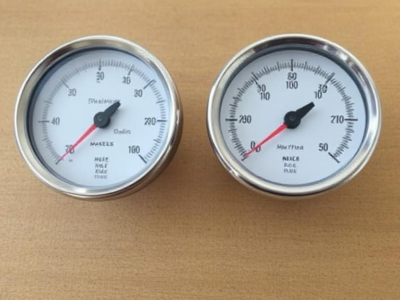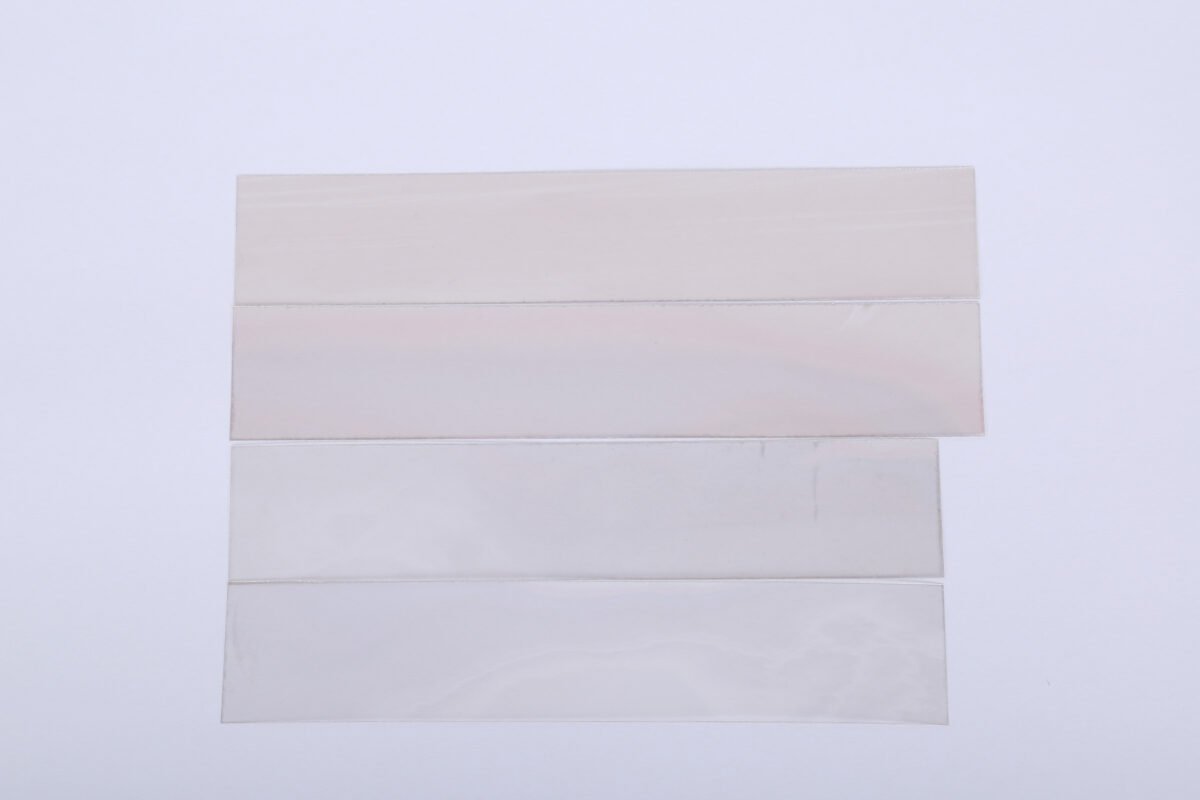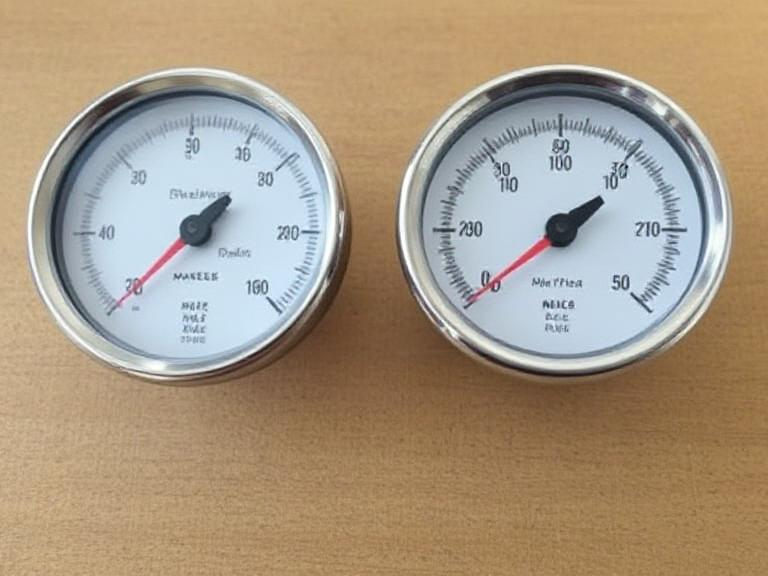Table of Contents
- Introduction
- What Is a Boiler Gauge Glass?
- Types of Boiler Gauge Glass
- Comparison of Gauge Glass Types
- AUKIMICA Gauge Glass Mica: Features & Applications
- How to Choose the Right Gauge Glass
- Installation & Maintenance
- Safety Considerations
- Summary Table: Key Takeaways
Introduction
In industrial boiler systems, accurately monitoring water level is critical for safety and efficiency. The gauge glass—also known as a sight glass—provides a direct visual indication of the fluid level inside the boiler. Over the decades, several gauge glass technologies have emerged, each with unique advantages and limitations. This guide explores the main boiler gauge glass types used in 2025, compares their features, and highlights how to select, install, and maintain the optimal solution for your application.

What Is a Boiler Gauge Glass?
A boiler gauge glass is a transparent tube or assembly mounted on the side of a boiler, tank, or vessel. It connects to the interior via isolation valves and fittings, allowing operators to view the liquid level directly. Unlike electronic sensors, gauge glasses offer real‑time, fail‑safe visual feedback. Their simplicity and reliability make them indispensable in power plants, refineries, chemical plants, and many other industries.
Types of Boiler Gauge Glass
Transparent Tube Gauge Glass
The transparent tube gauge glass is the simplest form: a clear glass or plastic tube secured between two valves. As the liquid rises or falls, it shows through the tube. Its main advantages are low cost and straightforward installation.
- Pros: Inexpensive, easy to replace, clear reading.
- Cons: Prone to fouling, can crack under thermal stress, limited visibility in low‑light.
Reflex Gauge Glass
Reflex gauge glasses use a special grooved back surface to reflect light differently for liquid and steam zones. The liquid appears dark while steam appears bright, enhancing contrast without illumination.
- Pros: High contrast, no back‑lighting required, rugged design.
- Cons: Only works for opaque liquids, more expensive than simple tubes.
Bi‑Color Gauge Glass
Bi‑color gauge glasses incorporate colored back plates—typically red and green—to distinguish liquid from vapor. When liquid covers the green side, you see green; where steam is present, you see red.
- Pros: Excellent visibility, works with clear fluids, good for low‑light.
- Cons: More complex, higher maintenance, pricier.
Magnetic Level Gauge
Magnetic level gauges use a float with an internal magnet that moves along a chamber. External magnetic flags or indicators flip color as the float rises, providing a visual level without direct glass contact.
- Pros: No direct glass‑to‑process fluid contact, ideal for corrosive fluids, minimal maintenance.
- Cons: Bulkier, higher initial cost, requires precise alignment.
Digital/Float Level Gauge
Digital gauges combine a float sensor with electronic transmitters, offering both visual and remote digital readouts. These systems integrate easily into modern control systems.
- Pros: Remote monitoring, alarm integration, data logging.
- Cons: Dependence on power, potential electronic failures.
Mica Gauge Glass
Mica gauge glasses replace traditional glass windows with mica plates. Mica’s high thermal and chemical resistance makes it ideal for extreme conditions where standard glass may fail.
- Pros: Exceptional heat resistance, chemical stability, durable.
- Cons: Slightly lower optical clarity, higher cost than standard glass.
Comparison of Gauge Glass Types
Choosing the right gauge glass depends on application requirements. Below is a quick comparison:
- Transparent Tube: Best for low‑cost, non‑critical systems.
- Reflex: High-contrast in steam boilers, moderate cost.
- Bi‑Color: Superior visibility for clear fluids, higher maintenance.
- Magnetic: Ideal for corrosive or high‑pressure fluids, minimal maintenance.
- Digital: Integrates with automation, requires power.
- Mica: Extreme temperature and chemical resistance, premium price.
AUKIMICA Gauge Glass Mica: Features & Applications

The AUKIMICA Gauge Glass Mica exemplifies the mica gauge glass category, offering exceptional performance in demanding environments.
Key Features & Benefits
- ✅ Exceptional High-Temperature Resistance – Withstands extreme heat and pressure, ideal for steam boilers and industrial vessels.
- ✅ Superior Chemical Stability – Resists corrosion and degradation in harsh environments.
- ✅ High Accuracy & Stability – Ensures reliable water level monitoring for safe operations.
- ✅ Easy Installation & Low Maintenance – Simple structure reduces downtime and operational costs.
- ✅ Long-Lasting Durability – Provides consistent performance in demanding industrial settings.
Applications of AUKIMICA Mica Gauge Glass
- ✔ Power Plants – Steam boilers, turbines, and high-pressure vessels.
- ✔ Petrochemical Industry – Reactors, distillation columns, and pressure tanks.
- ✔ Industrial & Mining Enterprises – Boilers, furnaces, and heat exchangers.
- ✔ Direct-Reading Water Level Instruments – Ensures real-time, accurate monitoring.
How to Choose the Right Gauge Glass
Selecting the appropriate gauge glass involves assessing:
- Operating Temperature & Pressure: Use mica or magnetic types for extremes.
- Chemical Compatibility: Choose mica or magnetic gauges for corrosive fluids.
- Visibility Needs: Reflex or bi-color for high contrast; digital for remote readout.
- Budget & Maintenance: Transparent tubes for low cost; advanced types for reduced downtime.
Installation & Maintenance
Installation Tips
- Ensure proper alignment and torque on fittings to avoid leaks.
- Use isolation valves to allow safe removal and replacement.
- Install protective guards where mechanical damage is possible.
Maintenance Practices
- Regularly clean sight windows to maintain clarity.
- Inspect seals and gaskets for wear and replace as needed.
- Test safety valves and emergency shutoffs quarterly.
Safety Considerations
- Always isolate and depressurize the system before servicing gauge glass.
- Wear appropriate PPE—face shield, gloves, and protective clothing.
- Keep replacement parts (gaskets, seals, glass/mica plates) on hand.
Summary Table: Key Takeaways
| Gauge Glass Type | Main Advantage | Ideal Application |
|---|---|---|
| Transparent Tube | Low cost, simple | Non‑critical boilers |
| Reflex | High contrast | Steam boilers |
| Bi‑Color | Clear fluid visibility | Low‑light environments |
| Magnetic | No direct fluid contact | Corrosive/high‑pressure |
| Digital | Remote readout | Automated systems |
| Mica (AUKIMICA) | Extreme resistance | High‑temp/chemical |

